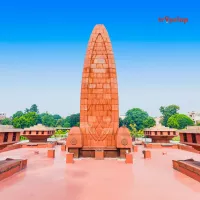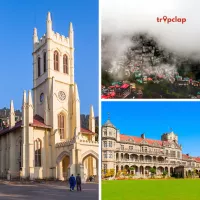Top 7 Dams in India - A Comprehensive Guide
Dams are built for various purposes such as irrigation, water supply, hydroelectricity, flood control and navigation. India is home to several ma - Tripclap
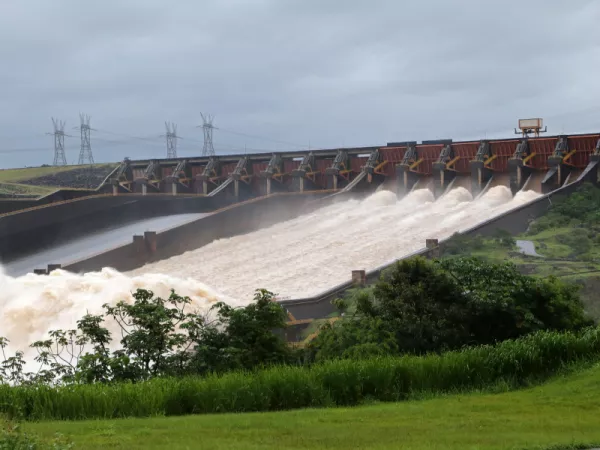
Dams are built for various purposes such as irrigation, water supply, hydroelectricity, flood control and navigation. India is home to several magnificent dams that not only provide essential services but also serve as popular tourist destinations. They are also used for recreation and fisheries. India has more than 5,000 dams, the majority of which are small. However, India also has some of the largest dams in the world. These dams are definitely worth a visit. The breathtaking view of the dams lures people from every corner of the earth.
Here is a list of the top seven dams in India, based on their size and their importance to the country.
Per Person
11,599
*EXCLUDING APPLICABLE TAXES 4.1 Ratings
( 56 Reviews )
( 56 Reviews )
Total
42,500
*EXCLUDING APPLICABLE TAXES 4.1 Ratings
( 56 Reviews )
( 56 Reviews )
Per Person
13,400
*EXCLUDING APPLICABLE TAXES 4.9 Ratings
( 185 Reviews )
( 185 Reviews )
Per Person
17,000
*EXCLUDING APPLICABLE TAXES Per Person
37,490
*EXCLUDING APPLICABLE TAXES 4.1 Ratings
( 56 Reviews )
( 56 Reviews )
Per Person
13,999
*EXCLUDING APPLICABLE TAXES 5.0 Ratings
( 157 Reviews )
( 157 Reviews )
Per Person
12,000
*EXCLUDING APPLICABLE TAXES 5.0 Ratings
( 157 Reviews )
( 157 Reviews )
Per Person
16,999
*EXCLUDING APPLICABLE TAXES 5.0 Ratings
( 157 Reviews )
( 157 Reviews )
Per Person
28,999
*EXCLUDING APPLICABLE TAXES 4.1 Ratings
( 56 Reviews )
( 56 Reviews )
Total
35,000
*EXCLUDING APPLICABLE TAXES 4.1 Ratings
( 56 Reviews )
( 56 Reviews )
1.Tehri Dam
 View Gallery - 8
View Gallery - 8 The Tehri Dam is an embankment dam on the Bhagirathi River in the Indian state of Uttarakhand. It is located in the Tehri Garhwal district, north of the town of Tehri. The primary purpose of the dam is hydroelectric power generation and it supports the Tehri Hydro Power Complex. The dam was completed in 2006 and the power plant began operation in 2009.
The Tehri Dam is high and long. It is the tallest dam in India and the ninth tallest dam in the world. The reservoir created by the dam has a capacity of and a surface area of . The dam can generate electricity, making it the largest hydroelectric power station in India. The sight of the Tehri dam is something to behold.
Activities done : Some of the activities done here include boating, jet skiing (also known as water scootering), floater/bumper rides, jet speed boating, surfing and kneeboarding, kayaking, and banana rides.
Places to visit in Uttarakhand
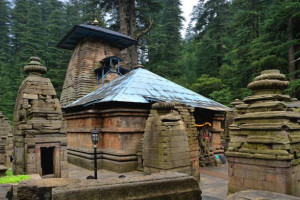
Almora
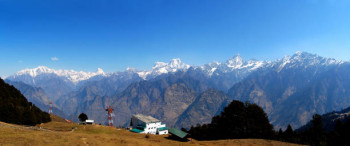
Auli
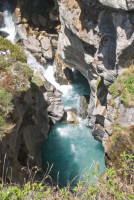
Badrinath
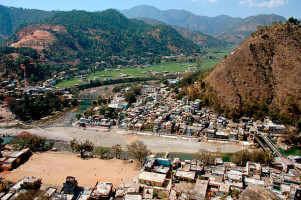
Bageshwar
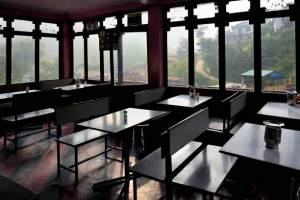
Bhowali
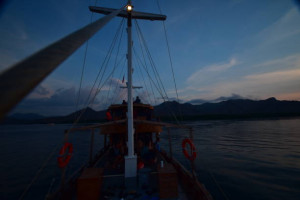
Binsar
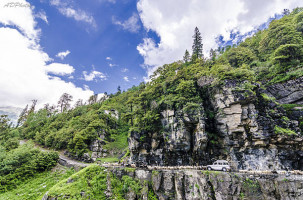
Chamba
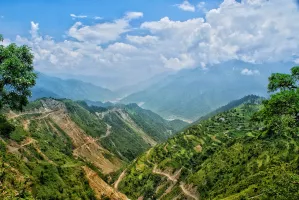
Chaukori
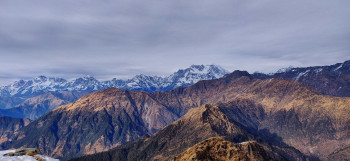
Chopta
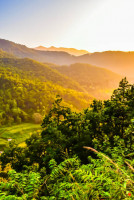
Dehradun
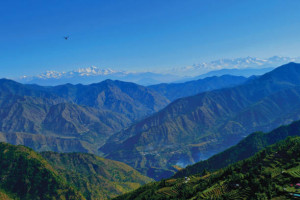
Dhanaulti
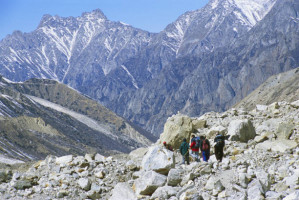
Gangotri
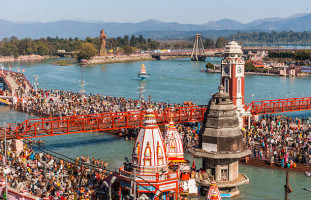
Haridwar
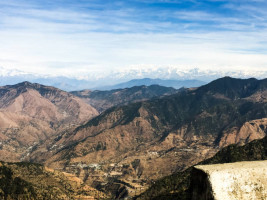
Kanatal
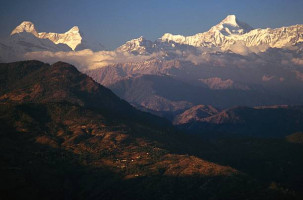
Kausani
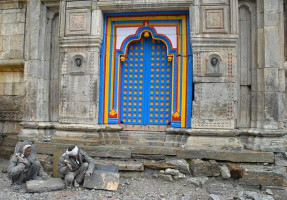
Kedarnath
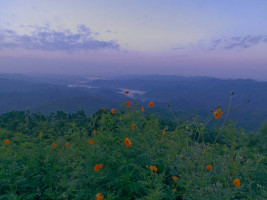
Lansdowne
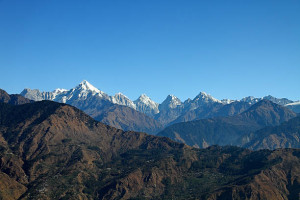
Munsiyari
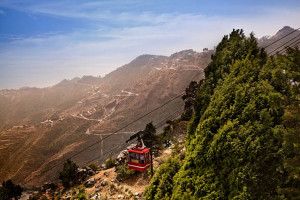
Mussoorie
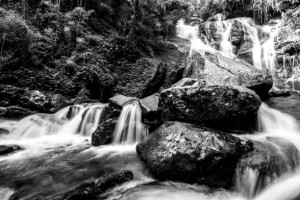
Pithoragarh
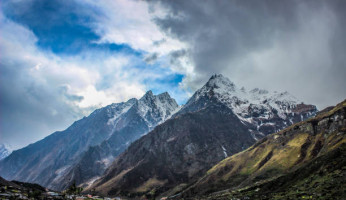
Ranikhet
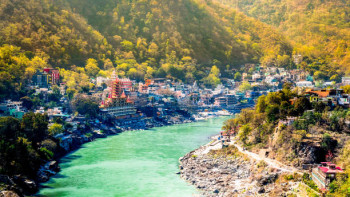
Rishikesh

Uttarkashi

Yamunotri
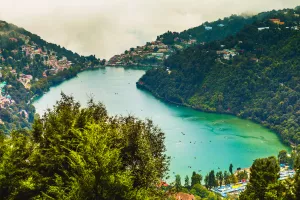
Nainital
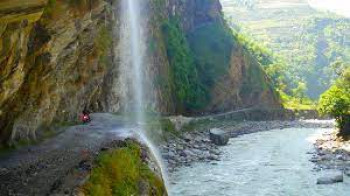
Dharchula
Joshimath
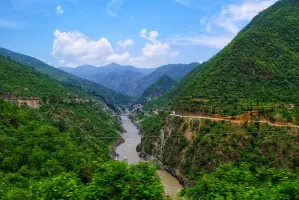
Sonprayag
Mukteshwar
Nainital
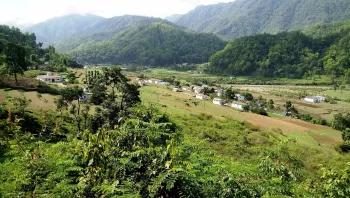
Ramnagar
Total
75,399
*EXCLUDING APPLICABLE TAXES 5.0 Ratings
( 21 Reviews )
( 21 Reviews )
Per Person
37,200
*EXCLUDING APPLICABLE TAXES 5.0 Ratings
( 21 Reviews )
( 21 Reviews )
Per Person
21,749
*EXCLUDING APPLICABLE TAXES 4.3 Ratings
( 218 Reviews )
( 218 Reviews )
Total
44,955
*EXCLUDING APPLICABLE TAXES Per Person
11,700
*EXCLUDING APPLICABLE TAXES 5.0 Ratings
( 157 Reviews )
( 157 Reviews )
Per Person
20,000
*EXCLUDING APPLICABLE TAXES 5.0 Ratings
( 157 Reviews )
( 157 Reviews )
Per Person
11,000
*EXCLUDING APPLICABLE TAXES 5.0 Ratings
( 157 Reviews )
( 157 Reviews )
Per Person
19,530
*EXCLUDING APPLICABLE TAXES 4.1 Ratings
( 56 Reviews )
( 56 Reviews )
Per Person
24,890
*EXCLUDING APPLICABLE TAXES 4.1 Ratings
( 56 Reviews )
( 56 Reviews )
Per Person
12,740
*EXCLUDING APPLICABLE TAXES 4.1 Ratings
( 56 Reviews )
( 56 Reviews )
2. The Bhakra Nangal Dam
 View Gallery - 8
View Gallery - 8 The Bhakra Dam is the second largest dam in India. It is also the ninth largest dam in the world. The Bhakra Dam is located on the Sutlej River in the state of Himachal Pradesh. It was completed in 1963 and has a capacity of 9,000 MW. The major purpose of this dam is to supply electricity in Haryana, Rajasthan, Gujarat and Himachal Pradesh.
The Bhakra Dam is also a popular spot for bird watching. The dam is home to a number of different bird species, including the black kite, the common myna, and the Indian roller. Gobind Sagar lake which is hailed from this dam is a serene spot for picnic and relaxation.
Activities done: The Bhakra Dam is also home to a number of recreational activities. These activities include fishing, boating, kayaking, sailing, water skiing, birdwatching and swimming.
Places to visit in Himachal Pradesh
Per Person
9,500
*EXCLUDING APPLICABLE TAXES 3.7 Ratings
( 5 Reviews )
( 5 Reviews )
Per Person
45,000
*EXCLUDING APPLICABLE TAXES 3.7 Ratings
( 5 Reviews )
( 5 Reviews )
Per Person
9,999
*EXCLUDING APPLICABLE TAXES 3.7 Ratings
( 5 Reviews )
( 5 Reviews )
Per Person
18,000
*EXCLUDING APPLICABLE TAXES 3.7 Ratings
( 5 Reviews )
( 5 Reviews )
Per Person
14,000
*EXCLUDING APPLICABLE TAXES 3.7 Ratings
( 5 Reviews )
( 5 Reviews )
Per Person
11,600
*EXCLUDING APPLICABLE TAXES 4.3 Ratings
( 389 Reviews )
( 389 Reviews )
Per Person
9,500
*EXCLUDING APPLICABLE TAXES 3.7 Ratings
( 5 Reviews )
( 5 Reviews )
Per Person
22,000
*EXCLUDING APPLICABLE TAXES 3.7 Ratings
( 5 Reviews )
( 5 Reviews )
Per Person
15,000
*EXCLUDING APPLICABLE TAXES 3.7 Ratings
( 5 Reviews )
( 5 Reviews )
Per Person
18,000
*EXCLUDING APPLICABLE TAXES 5.0 Ratings
( 4 Reviews )
( 4 Reviews )
3. The Sardar Sarovar Dam
 View Gallery - 8
View Gallery - 8 The Sardar Sarovar Dam is a gravity dam on the Narmada River near the town of Navagam, Gujarat in western India. The dam and its associated hydroelectric project are part of the Sardar Sarovar Project, the largest water resources project in India. The project was initiated in 1961, and the foundation stone was laid by Jawaharlal Nehru, the first Prime Minister of India, on April 17, 1961. The project was stalled for several years due to protests from environmentalists and local people. The project was finally completed and dedicated in 2017.
The Sardar Sarovar Dam is a sight to behold. The dam is also a popular spot for recreational activities.
Activities done : Visitors can enjoy activities such as kayaking, fishing and boating. Hiking, jungle safari and bird watching are some popular activities in nearby areas of The Sardar Sarovar Dam.
Places to visit in Gujarat
Per Person
11,599
*EXCLUDING APPLICABLE TAXES 4.1 Ratings
( 56 Reviews )
( 56 Reviews )
Total
42,500
*EXCLUDING APPLICABLE TAXES 4.1 Ratings
( 56 Reviews )
( 56 Reviews )
Per Person
13,400
*EXCLUDING APPLICABLE TAXES 4.9 Ratings
( 185 Reviews )
( 185 Reviews )
Per Person
17,000
*EXCLUDING APPLICABLE TAXES Per Person
37,490
*EXCLUDING APPLICABLE TAXES 4.1 Ratings
( 56 Reviews )
( 56 Reviews )
Per Person
13,999
*EXCLUDING APPLICABLE TAXES 5.0 Ratings
( 157 Reviews )
( 157 Reviews )
Per Person
12,000
*EXCLUDING APPLICABLE TAXES 5.0 Ratings
( 157 Reviews )
( 157 Reviews )
Per Person
16,999
*EXCLUDING APPLICABLE TAXES 5.0 Ratings
( 157 Reviews )
( 157 Reviews )
Per Person
28,999
*EXCLUDING APPLICABLE TAXES 4.1 Ratings
( 56 Reviews )
( 56 Reviews )
Total
35,000
*EXCLUDING APPLICABLE TAXES 4.1 Ratings
( 56 Reviews )
( 56 Reviews )
4. Hirakud Dam
 View Gallery - 8
View Gallery - 8 The Hirakud Dam, located in Sambalpur district of Odisha on Mahanadi river, is the longest earthen dam in the world. It was constructed between 1948 and 1957. The dam is also the largest dam in India. The Hirakud Dam supplies irrigation water to the states of Odisha and Jharkhand and also generates hydroelectric power. The reservoir created by the dam has a capacity of 6,700 million cubic meters.
The dam is a popular tourist destination and attracts visitors from all over the country. It also called the “pride of Odisha”
Hirakud Dam is a great place for tourists who want to enjoy some recreational activities. There is something for everyone here, including boating, fishing, wildlife watching, and nature walks.
Hirakud Dam is a great place for tourists who want to enjoy some recreational activities. There is something for everyone here, including boating, fishing, wildlife watching, and nature walks.
Activities done: Boating, parasailing, scuba diving, water skating, wildlife watching, nature walk
Places to visit in Odisha
Per Person
15,500
*EXCLUDING APPLICABLE TAXES 4.3 Ratings
( 389 Reviews )
( 389 Reviews )
Per Person
3,880
*EXCLUDING APPLICABLE TAXES 4.9 Ratings
( 185 Reviews )
( 185 Reviews )
Per Person
14,700
*EXCLUDING APPLICABLE TAXES 4.3 Ratings
( 389 Reviews )
( 389 Reviews )
Per Person
12,000
*EXCLUDING APPLICABLE TAXES 4.3 Ratings
( 218 Reviews )
( 218 Reviews )
Per Person
19,600
*EXCLUDING APPLICABLE TAXES 4.3 Ratings
( 389 Reviews )
( 389 Reviews )
Per Person
18,000
*EXCLUDING APPLICABLE TAXES 5.0 Ratings
( 157 Reviews )
( 157 Reviews )
Per Person
13,500
*EXCLUDING APPLICABLE TAXES 5.0 Ratings
( 21 Reviews )
( 21 Reviews )
Per Person
16,700
*EXCLUDING APPLICABLE TAXES 4.3 Ratings
( 389 Reviews )
( 389 Reviews )
Per Person
15,000
*EXCLUDING APPLICABLE TAXES 5.0 Ratings
( 157 Reviews )
( 157 Reviews )
Per Person
3,890
*EXCLUDING APPLICABLE TAXES 4.9 Ratings
( 185 Reviews )
( 185 Reviews )
5. Idukki Arch Dam
 View Gallery - 8
View Gallery - 8 The Idukki Dam is a double curvature, concrete gravity dam on the Periyar River in the Indian state of Kerala. It is the second largest arch dam in Asia and the world's tallest masonry dam. The dam was completed in 1976 and its construction was started in 1969. The dam holds back the Periyar River and its reservoir, the Idukki Reservoir.
The dam and its reservoir are a part of the Idukki Hydroelectric Project, one of the largest hydroelectric projects in India.
The Idukki Dam is a major tourist attraction and famous for its scenic beauty. The dam and its reservoir are located in the Idukki Wildlife Sanctuary, a protected area that is home to a variety of animals, including elephants, tigers, leopards and deer. The dam is also a popular spot for fishing.
Activities done: Boating, fishing, Wildlife safari and nature walk.
Places to visit in Kerala
Total
21,000
*EXCLUDING APPLICABLE TAXES 3.7 Ratings
( 5 Reviews )
( 5 Reviews )
Per Person
24,500
*EXCLUDING APPLICABLE TAXES 5.0 Ratings
( 21 Reviews )
( 21 Reviews )
Per Person
14,500
*EXCLUDING APPLICABLE TAXES 4.3 Ratings
( 389 Reviews )
( 389 Reviews )
Per Person
13,000
*EXCLUDING APPLICABLE TAXES 3.7 Ratings
( 5 Reviews )
( 5 Reviews )
Total
23,000
*EXCLUDING APPLICABLE TAXES 3.7 Ratings
( 5 Reviews )
( 5 Reviews )
Per Person
20,000
*EXCLUDING APPLICABLE TAXES 3.7 Ratings
( 5 Reviews )
( 5 Reviews )
Per Person
9,999
*EXCLUDING APPLICABLE TAXES 3.7 Ratings
( 5 Reviews )
( 5 Reviews )
Per Person
19,600
*EXCLUDING APPLICABLE TAXES 5.0 Ratings
( 108 Reviews )
( 108 Reviews )
Per Person
10,000
*EXCLUDING APPLICABLE TAXES 3.7 Ratings
( 5 Reviews )
( 5 Reviews )
Per Person
19,569
*EXCLUDING APPLICABLE TAXES 5.0 Ratings
( 108 Reviews )
( 108 Reviews )
6. Nagarjuna Sagar Dam
 View Gallery - 8
View Gallery - 8 Nagarjuna Sagar Dam is an engineering marvel and one of the largest dams in the world. It is also the largest earthen dam in the world. The dam was built on the Krishna River in the Indian state of Telengana. It is a gravity dam, the reservoir created by the dam has a capacity of 4.73 cubic kilometers (1.16 cubic miles). The dam was completed in 1960 and the power station became operational in 1963.
The Nagarjuna Sagar Dam was built as part of the Nagarjuna Sagar Project, which includes the construction of the Nagarjuna Sagar Dam and the Nagarjuna Sagar Power Station. The project was undertaken to provide irrigation and electricity to the region. The Nagarjuna Sagar Dam is a popular tourist destination. The dam and its reservoir offer scenic views and a variety of recreational activities
Activities done: Boating, Fishing, Camping, bird watching and nature walk are some popular activities done here.
Places to visit in Telangana
Per Person
6,900
*EXCLUDING APPLICABLE TAXES 4.1 Ratings
( 56 Reviews )
( 56 Reviews )
Per Person
19,500
*EXCLUDING APPLICABLE TAXES 4.9 Ratings
( 200 Reviews )
( 200 Reviews )
Per Person
5,500
*EXCLUDING APPLICABLE TAXES 4.1 Ratings
( 56 Reviews )
( 56 Reviews )
Per Person
20,103
*EXCLUDING APPLICABLE TAXES Per Person
12,070
*EXCLUDING APPLICABLE TAXES 4.9 Ratings
( 200 Reviews )
( 200 Reviews )
Total
36,000
*EXCLUDING APPLICABLE TAXES 4.1 Ratings
( 56 Reviews )
( 56 Reviews )
Per Person
19,770
*EXCLUDING APPLICABLE TAXES 4.9 Ratings
( 200 Reviews )
( 200 Reviews )
Per Person
11,486
*EXCLUDING APPLICABLE TAXES 4.9 Ratings
( 200 Reviews )
( 200 Reviews )
Per Person
11,486
*EXCLUDING APPLICABLE TAXES Per Person
19,770
*EXCLUDING APPLICABLE TAXES 5.0 Ratings
( 13 Reviews )
( 13 Reviews )
7. Koldam Dam
 View Gallery - 8
View Gallery - 8 Koldam Dam is a gravity dam on the Satluj River in Bilaspur district of Himachal Pradesh, India. The dam is part of the Beas-Sutlej Project to divert water from the Beas River to the Sutlej River. Construction on the dam began in 1978 and was completed in 2004. The dam has a capacity of 6,000 million cubic metres.
Construction on the dam began in 1978 and was completed in 2004. The dam has a capacity of 6,000 million cubic metres. The main purpose of the dam is to divert water from the Satluj River to the Beas River.
The Koldam Dam is a major source of irrigation for the fertile areas of the states of Punjab and Haryana. The dam supplies water to the Ranjit Sagar Dam and the Pong Dam. The Koldam Dam also provides hydroelectric power to the states of Punjab and Haryana.
The Koldam Dam is a popular tourist destination. The dam and the reservoir are surrounded by beautiful mountains. The reservoir is a popular spot for boating and fishing. The dam is also a popular spot for paragliding.
Activities done: Paragliding, boating and fishing.
Places to visit in Himachal Pradesh
Per Person
9,500
*EXCLUDING APPLICABLE TAXES 3.7 Ratings
( 5 Reviews )
( 5 Reviews )
Per Person
45,000
*EXCLUDING APPLICABLE TAXES 3.7 Ratings
( 5 Reviews )
( 5 Reviews )
Per Person
9,999
*EXCLUDING APPLICABLE TAXES 3.7 Ratings
( 5 Reviews )
( 5 Reviews )
Per Person
18,000
*EXCLUDING APPLICABLE TAXES 3.7 Ratings
( 5 Reviews )
( 5 Reviews )
Per Person
14,000
*EXCLUDING APPLICABLE TAXES 3.7 Ratings
( 5 Reviews )
( 5 Reviews )
Per Person
11,600
*EXCLUDING APPLICABLE TAXES 4.3 Ratings
( 389 Reviews )
( 389 Reviews )
Per Person
9,500
*EXCLUDING APPLICABLE TAXES 3.7 Ratings
( 5 Reviews )
( 5 Reviews )
Per Person
22,000
*EXCLUDING APPLICABLE TAXES 3.7 Ratings
( 5 Reviews )
( 5 Reviews )
Per Person
15,000
*EXCLUDING APPLICABLE TAXES 3.7 Ratings
( 5 Reviews )
( 5 Reviews )
Per Person
18,000
*EXCLUDING APPLICABLE TAXES 5.0 Ratings
( 4 Reviews )
( 4 Reviews )

Debalina Deb Roy
A seasoned travel writer with a passion for exploring off beat destinations and uncovering the hidden gems. My ultimate goal is to inspire people to step out of their comfort zones and explore the world.
Explore best popularTour Packages
Tripclap connects you with top travel agents
Compare Custom Quotes and get the best package deal
1
Trusted Network Of 8000+ Agents.
2
Book everything together, including stay & transport.
3
Compare agent profiles & verified reviews.
How It Works
Compare Custom Quotes from Top Travel Agents.

Tell us about your trip

Get Custom quotes from top agents.

Choose the package you like
Latest Destinations : -
• Kanyakumari • Darjeeling • Mahabal • Yamunotri • Kuala Lumpur • Yinchuan • Bhiwandi • Chettinad • Dhemaji • Sangla • Kodaikanal • Sattal • Pulwama • Daringbadi • Dusseldorf • Munich • Talakadu • Jamshedpur • Kutrallam • Kashid • Malaga • Frankfurt • Lepakshi • Kaziranga National Park • Adilabad • Panipat • Badrinath • Kuala Selangor • Gwalior • Navadvipa • Hong Kong • Dresden • Hamburg • Dalat • Palampur • Mirik • National Chambal Wildlife Sanctuary • Ayodhya • Ranakpur • Jaisalmer • Perhentian Islands • Nawalgarh • Chikmagalur • Williamnagar • Darang • Vadodara • Gangotri • Bharatpur • Lao Cai • Trivandrum
• Kanyakumari • Darjeeling • Mahabal • Yamunotri • Kuala Lumpur • Yinchuan • Bhiwandi • Chettinad • Dhemaji • Sangla • Kodaikanal • Sattal • Pulwama • Daringbadi • Dusseldorf • Munich • Talakadu • Jamshedpur • Kutrallam • Kashid • Malaga • Frankfurt • Lepakshi • Kaziranga National Park • Adilabad • Panipat • Badrinath • Kuala Selangor • Gwalior • Navadvipa • Hong Kong • Dresden • Hamburg • Dalat • Palampur • Mirik • National Chambal Wildlife Sanctuary • Ayodhya • Ranakpur • Jaisalmer • Perhentian Islands • Nawalgarh • Chikmagalur • Williamnagar • Darang • Vadodara • Gangotri • Bharatpur • Lao Cai • Trivandrum
Best Selling Domestic Tour Packages : -
Kashmir Tour Packages Andaman Tour Packages Kerala Tour Packages Shimla Tour Packages Manali Tour Packages Sikkim Tour Packages Uttarakhand Tour Packages Rajasthan Tour Packages Chardham Tour Packages Gujarat Tour Packages Rameswaram Tour Packages Gangtok Tour Packages Goa Tour Packages Jaipur Tour Packages Ooty Tour Packages Jim Corbett Tour Packages Mussoorie Tour Packages Kanyakumari Tour Packages Meghalaya Tour Packages Ladakh Tour Packages
Kashmir Tour Packages Andaman Tour Packages Kerala Tour Packages Shimla Tour Packages Manali Tour Packages Sikkim Tour Packages Uttarakhand Tour Packages Rajasthan Tour Packages Chardham Tour Packages Gujarat Tour Packages Rameswaram Tour Packages Gangtok Tour Packages Goa Tour Packages Jaipur Tour Packages Ooty Tour Packages Jim Corbett Tour Packages Mussoorie Tour Packages Kanyakumari Tour Packages Meghalaya Tour Packages Ladakh Tour Packages
Best Selling International Tour Packages : -
Dubai Tour Packages Bali Tour Packages Singapore Tour Packages Thailand Tour Packages Maldives Tour Packages Bhutan Tour Packages Vietnam Tour Packages Mauritius Tour Packages Nepal Tour Packages Europe Tour Packages Sri lanka Tour Packages Turkey Tour Packages Malaysia Tour Packages Azerbaijan Tour Packages
Dubai Tour Packages Bali Tour Packages Singapore Tour Packages Thailand Tour Packages Maldives Tour Packages Bhutan Tour Packages Vietnam Tour Packages Mauritius Tour Packages Nepal Tour Packages Europe Tour Packages Sri lanka Tour Packages Turkey Tour Packages Malaysia Tour Packages Azerbaijan Tour Packages
Certified
We accept (more)
Members of
Media Recognition
Trusted Partners
Award
Copyrights © TripClap. All Rights Reserved




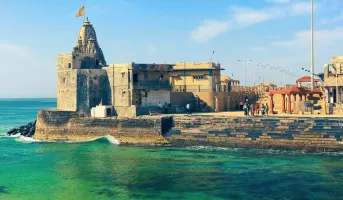
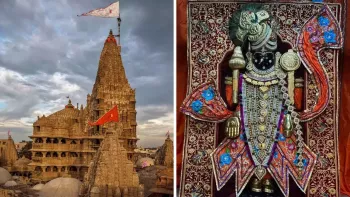

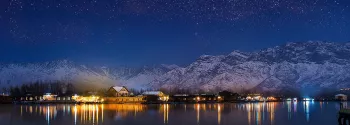
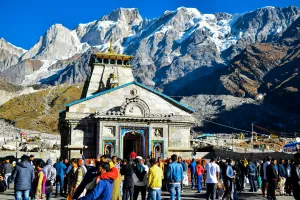
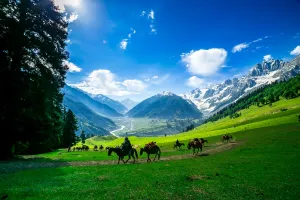

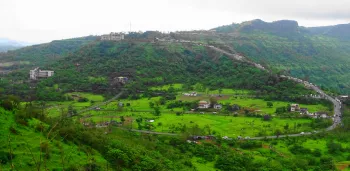
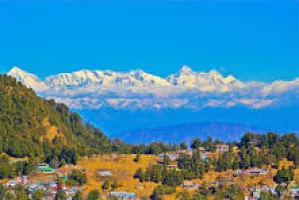

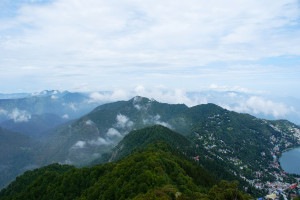
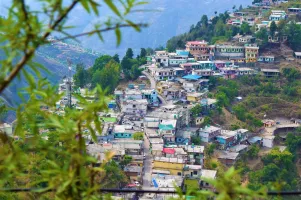
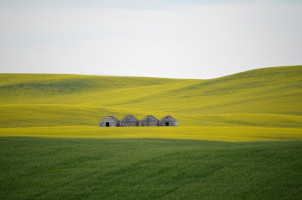
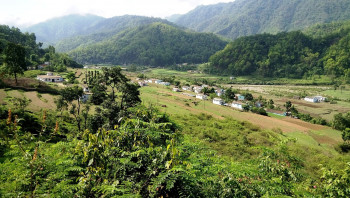
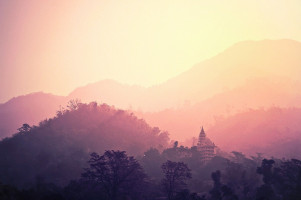
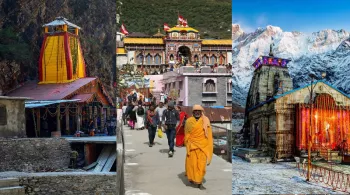
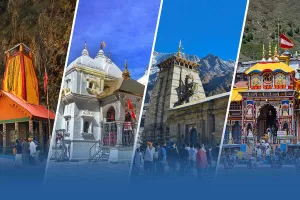
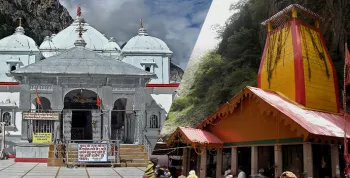
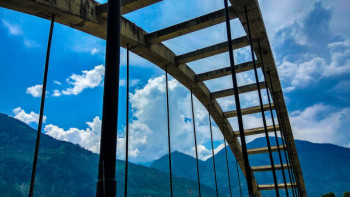
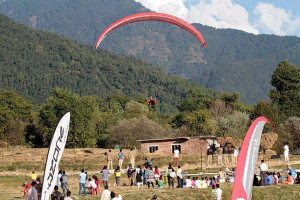

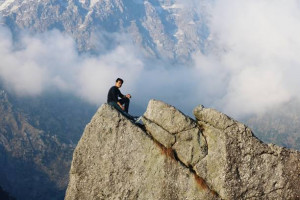
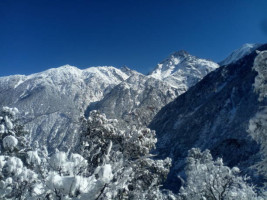

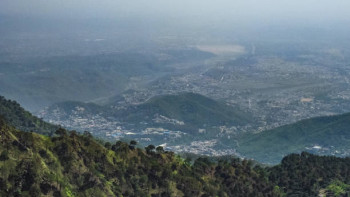
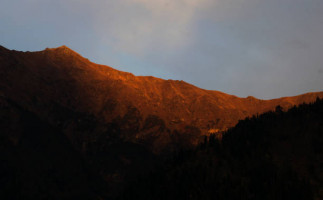
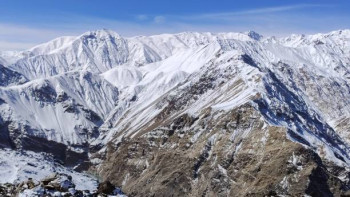
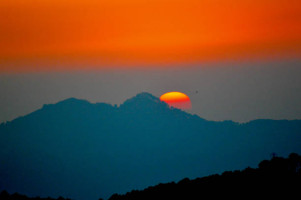
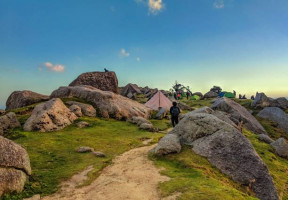
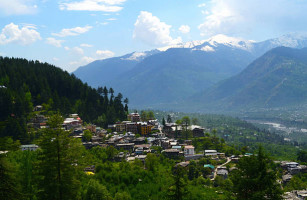
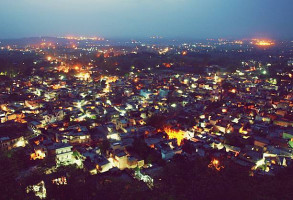


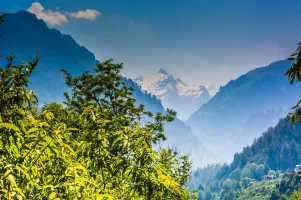
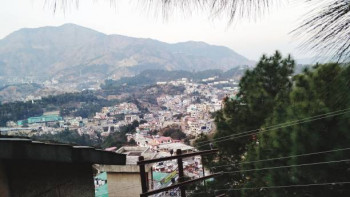
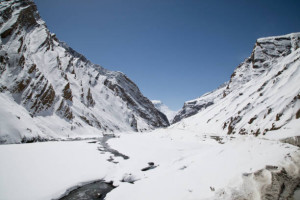
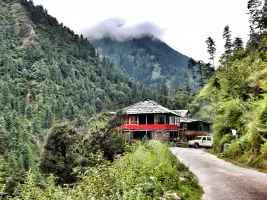
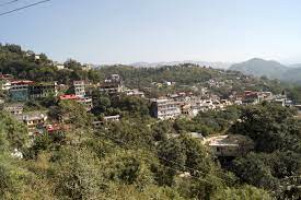
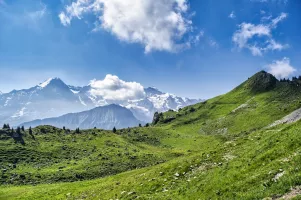
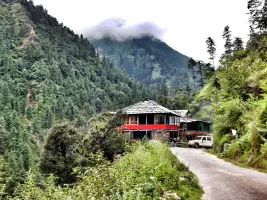
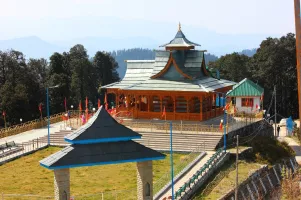
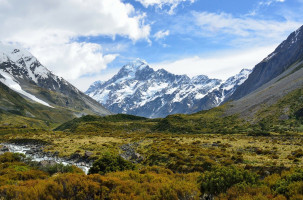
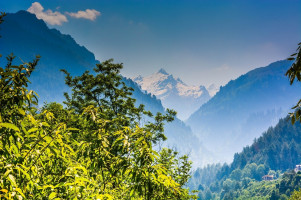
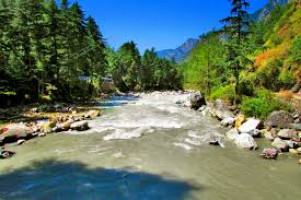
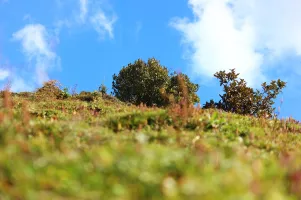
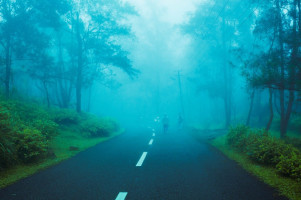
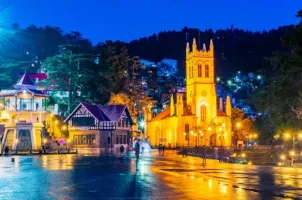
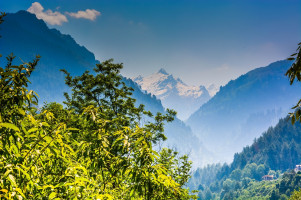

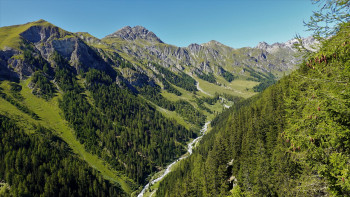
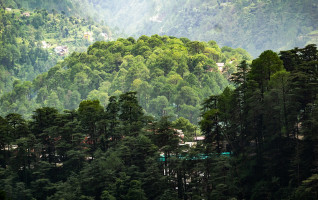
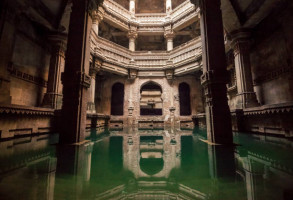

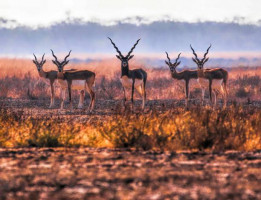
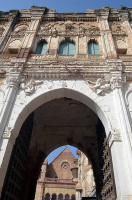

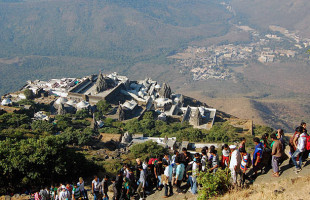

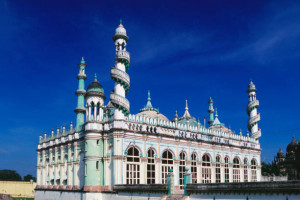
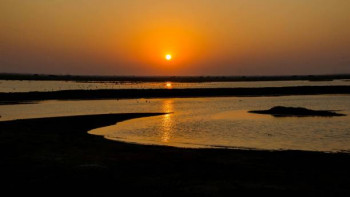
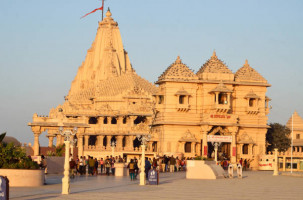
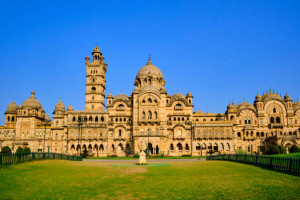
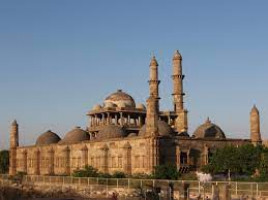

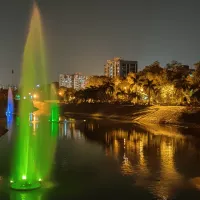
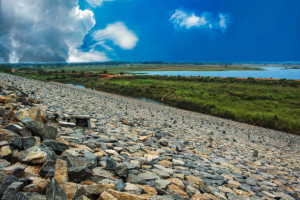
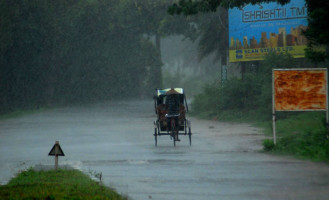
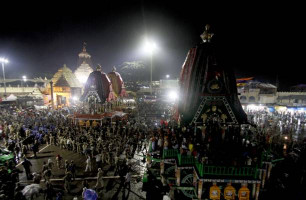

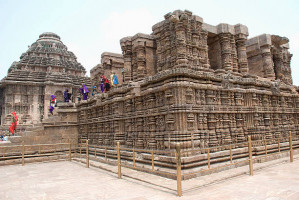

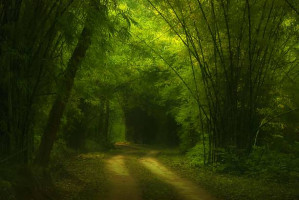
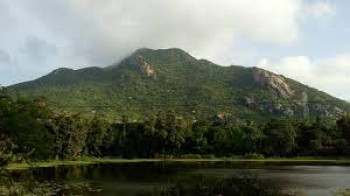
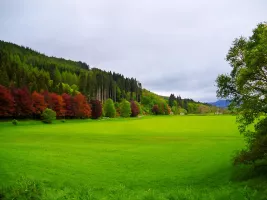
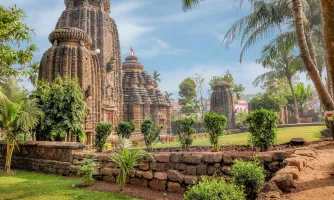
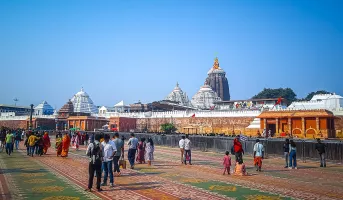

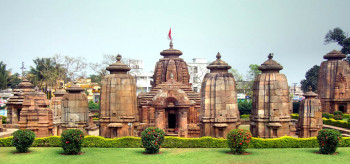
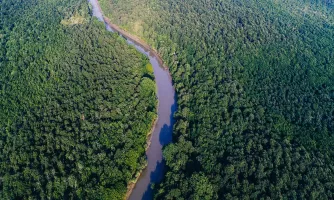
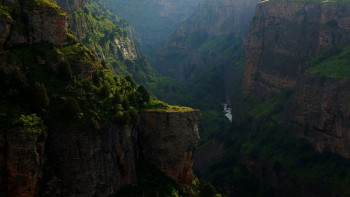
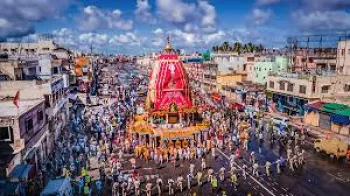
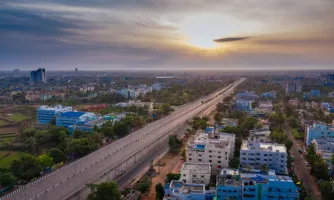
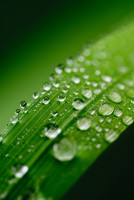
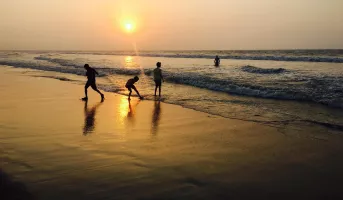
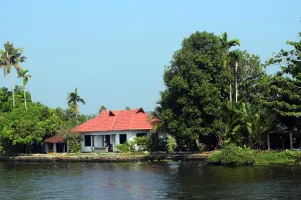
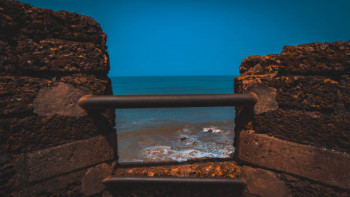
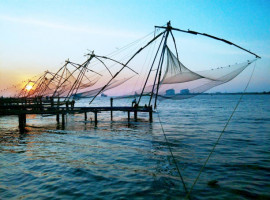
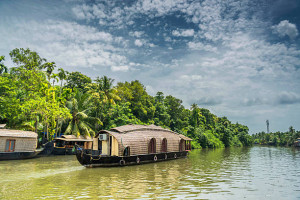

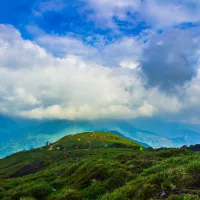
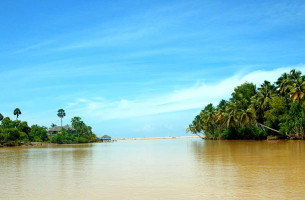
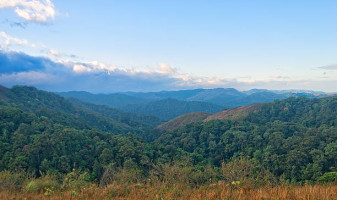
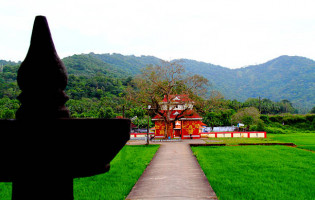
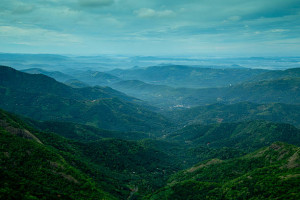
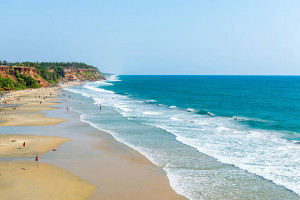
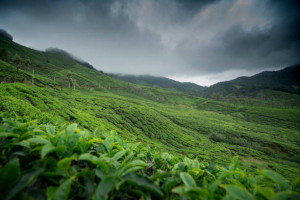
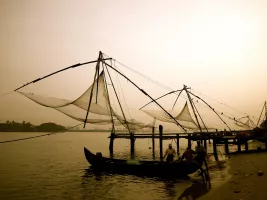

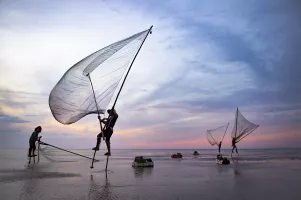
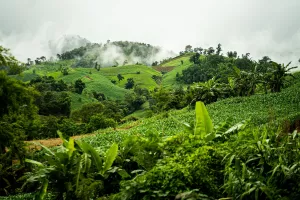
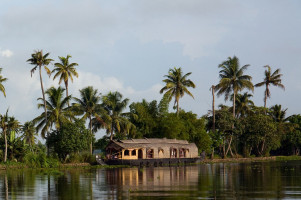

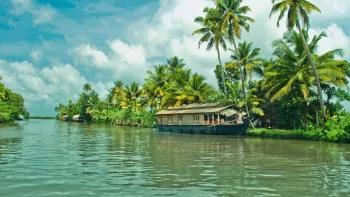
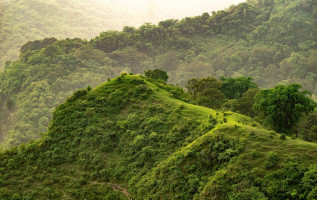

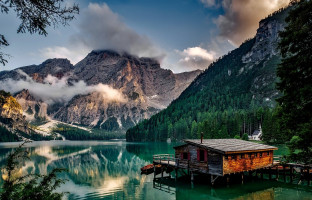
![[SAMPLE] 4N/5D Kerala Tour Package with Flights](https://static.tripclap.com/uploads/package/350X200/package-cover_1610009914-8265e.jpeg)
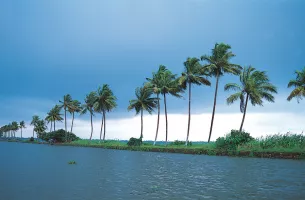
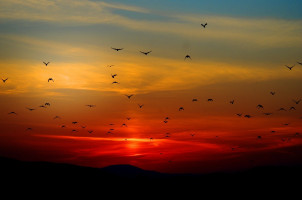
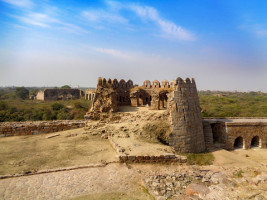
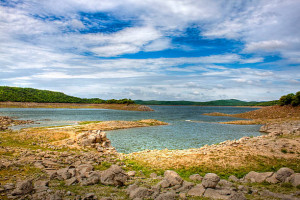
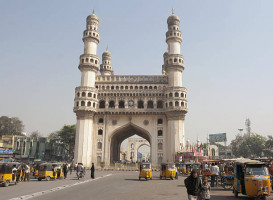
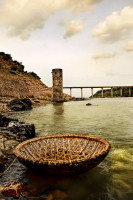

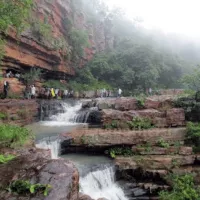
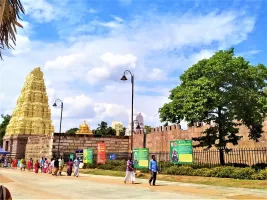
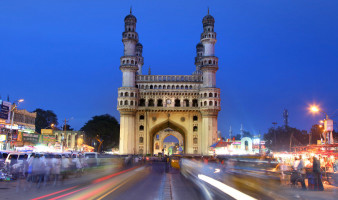
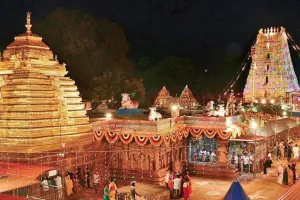
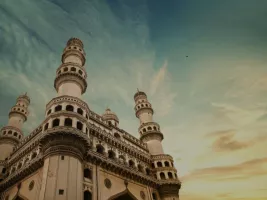
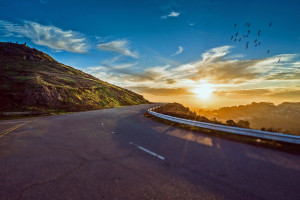
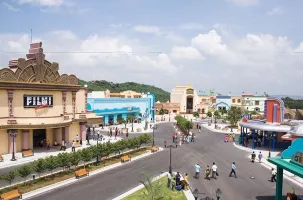
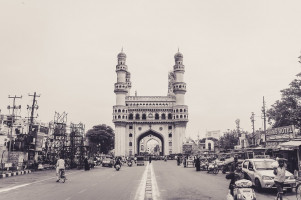
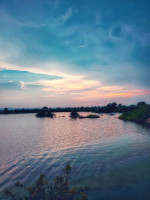
 May
May June
June July
July August
August September
September October
October November
November December
December January
January February
February March
March April
April
